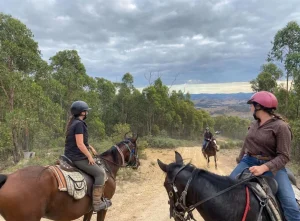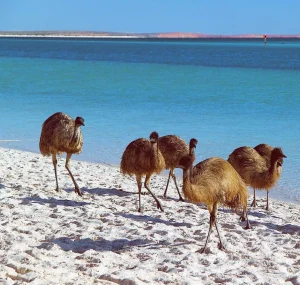
Victoria’s rugged coastline is stretched over a distance of 243km by the Great Ocean Road, which is an Australian road trip with incredible views and amazing experiences. Along this coastal drive, there are various scenic views, including the majestic rock formations of the Twelve Apostles, the serene beaches of Apollo Bay, seaside towns and lush rainforests .This guide gives you important tips on how to navigate through Great Ocean Road and make it an unforgettable journey.
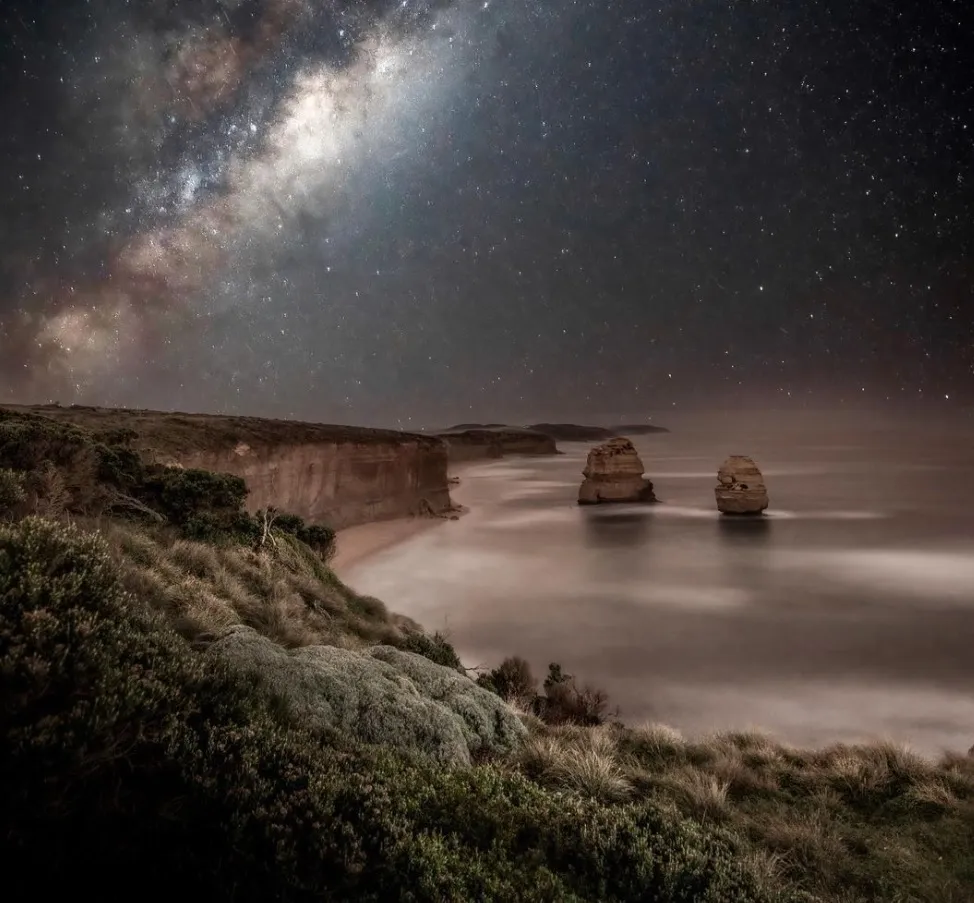
Planning Your Trip
Travel Plans and Itinerary
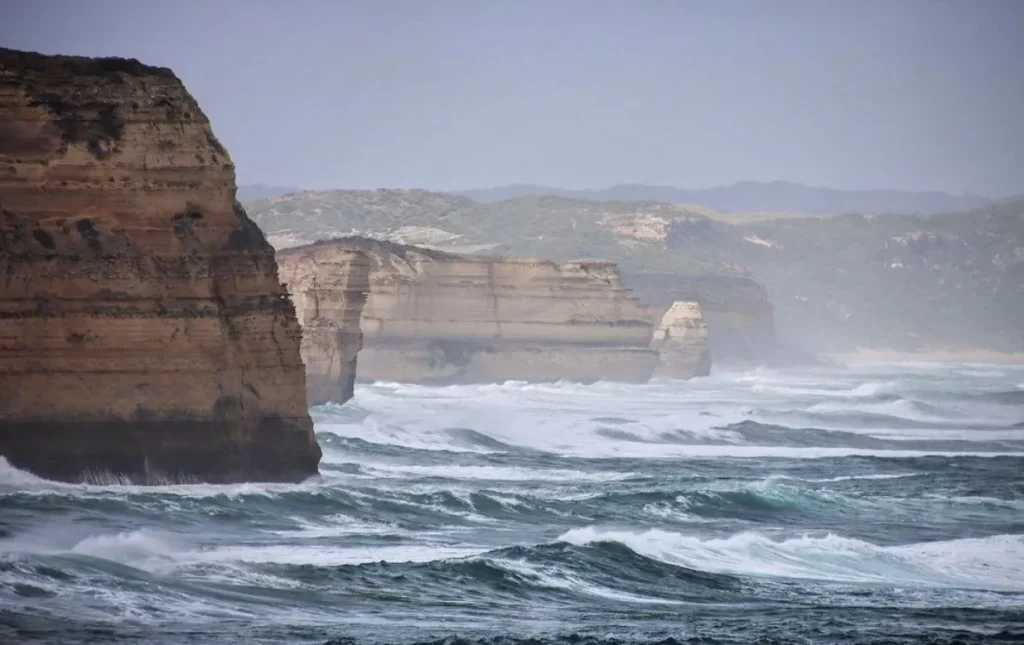
For a smooth journey along the Great Ocean Road, effective travel plans come in handy. In order to understand where you are headed, begin by outlining your route as well as places that you have to go, like Port Campbell, Bells Beach and Loch Ard Gorge, among others. Use sufficient time for each place so that you can have enough time to enjoy all the attractions present. You may also consider travelling during daytime or even staying overnight in one of the coastal towns like Apollo Bay or Lorne in order to get an extensive experience.
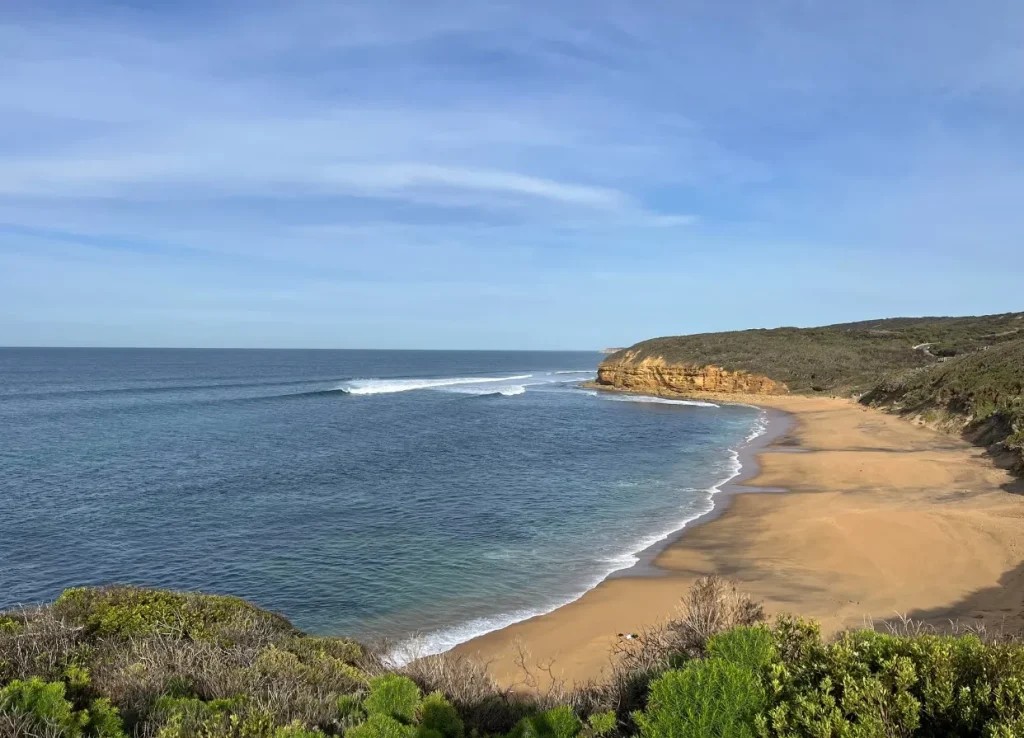
Road Map and Navigation
To ease navigation along The Great Ocean Road, it is necessary to employ either a good road map or GPS system. Have some knowledge on important landmark areas along with driving times in order to ensure a successful journey. It is important in more remote areas not fail to plan for fuel stops and keep mobile reception at check.
Vehicle Preparation
Before commencing your road trip, make sure your vehicle is in good condition. Bring Jackery Solar Generators for Road Trips portable power station or other solar power solutions if possible as they keep your devices charged when needed. Also don’t forget regular maintenance checks such as checking tire pressure level as well as fluid levels.
Great Ocean Road Distance and Drive Time
Distance and Journey Time
The length of the Great Ocean Road is approximately 243 kilometres without stopovers, while driving usually consumes 4-6 hours without stopovers. However ,it would be wise to take two days at the minimum to make this journey if one wants to have a closer look at the amazing sceneries and natural wonders. This will ensure that you get enough time to enjoy outstanding features like Cape Otway Lighthouse and the Twelve Apostles.
Driving Times and Speed Limits
Be cautious, especially on winding parts and rugged cliffs, by adhering to speed limits . Prudence is thus required because of varying weather conditions and animal crossing. You should also take into consideration some extra time due to traffic, unpredictable weather changes and stopping over for scenic photos.
Top Stops Along the Way
Port Campbell
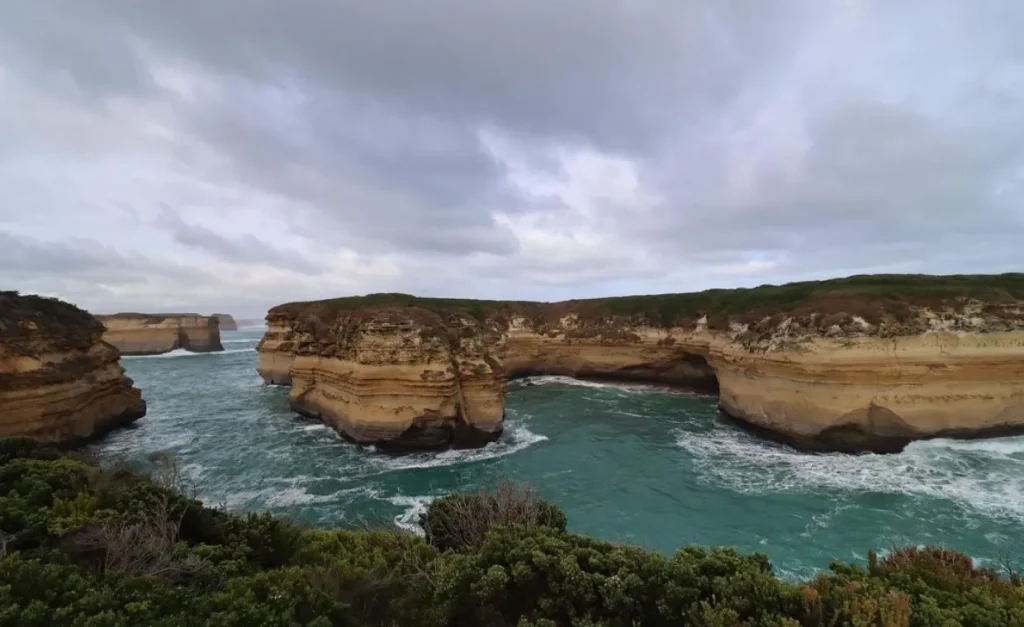
Port Campbell is a seaside town that serves as a door way to various attractions. From here, you can easily access the Twelve Apostles and Loch Ard Gorge. Explore local eateries, take in breathtaking views of the coast line ,and experience small town charm here.
Twelve Apostles

The Twelve Apostles are probably the most iconic landmark along the Great Ocean Road. These natural rock formations rise dramatically from the Southern Ocean, offering one of Australia’s most beautiful sights. For the best optimum lighting when taking pictures, sunrise and sunset would be perfect timing.
Apollo Bay
Apollo Bay is a lovely beach town with white sandy beaches and a relaxed atmosphere. Go for a walk along its waterfront area, check out local cafes, or visit the nearby Otway National Park. It’s an ideal place for relaxation in coastal surroundings.

The Kennett River Koala Walk is a must for those who love wildlife. For a short walk, you will be able to see koalas and other Australian animals in their own natural surroundings. The area surrounding the Kennett River is also known for its rich vegetation and loveliness.
Great Otway National Park
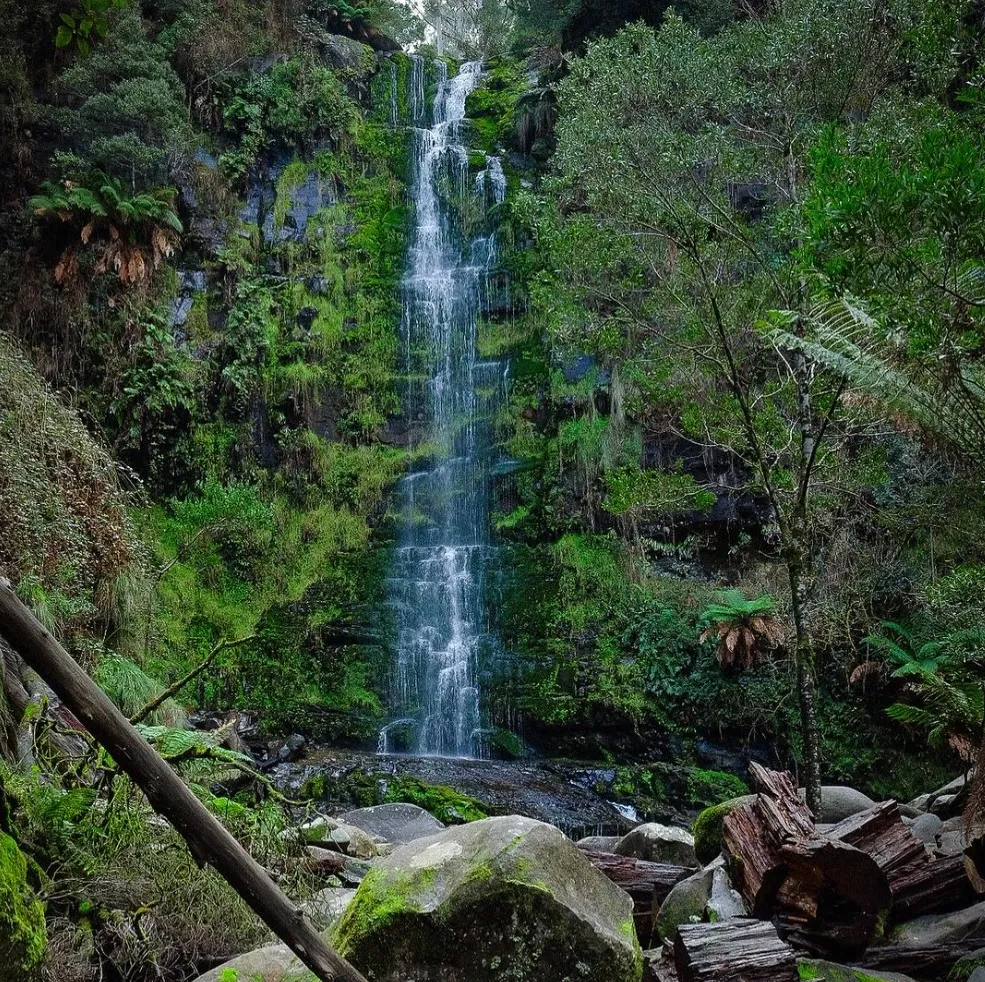
This park contains extensive rainforests, old trees and magnificent waterfalls. The main highlights include Triplet Falls, Hopetoun Falls, and Erskine Falls. Moreover, the Maits Rest Rainforest Walk provides an opportunity to explore the tranquil setting of the park.
Lorne
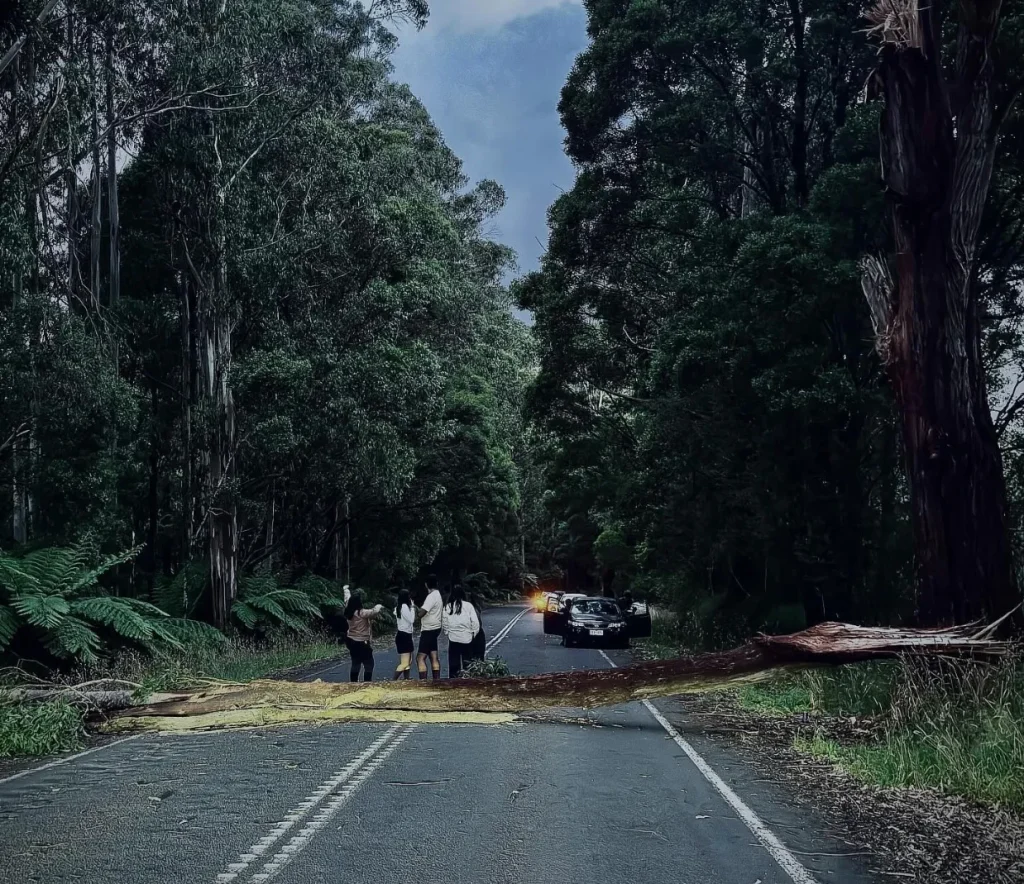
Lorne is a bustling coastal town that has something for everyone. Check out its beautiful beaches like Roadknight Beach or Johanna Beach; peruse through local stores; enjoy various dining options. Besides, Lorne has Anglesea Golf Club that can be visited after driving past scenic sights.
Aireys Inlet and Split Point Lighthouse
Split Point Lighthouse at Aireys Inlet is a famous icon with breathtaking views of rocky coastline. This lighthouse is excellent for photography as well as learning about maritime history in this area.
Memorial Arch
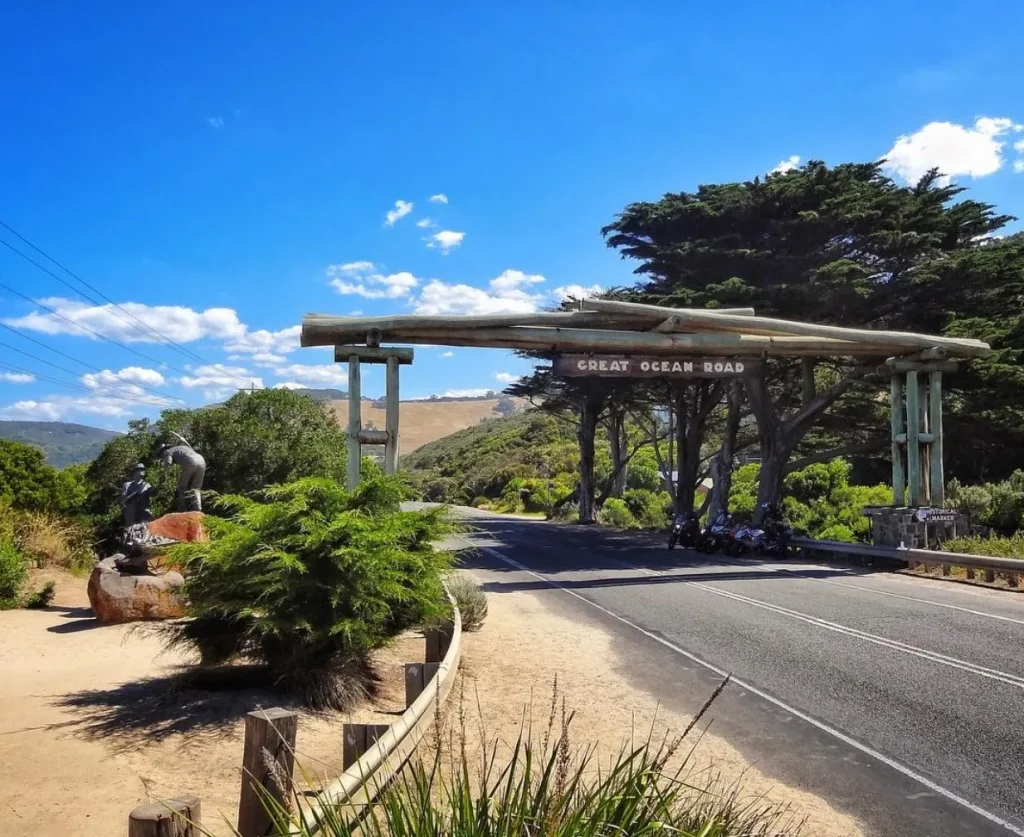
The Memorial Arch commemorates the Great Ocean Road’s builders: soldiers from World War I. It’s a special place where to contemplate your own historical background while enjoying the stunning scenery around it.
Bells Beach
It has huge waves and amazing cliffs attracting surfers from every corner of the globe due to which Bells Beach became well-known worldwide. However, regardless of whether one surfs or not Bells Beach possesses wild dramatic coastal scenes and rock formations that are worth seeing.
Loch Ard Gorge
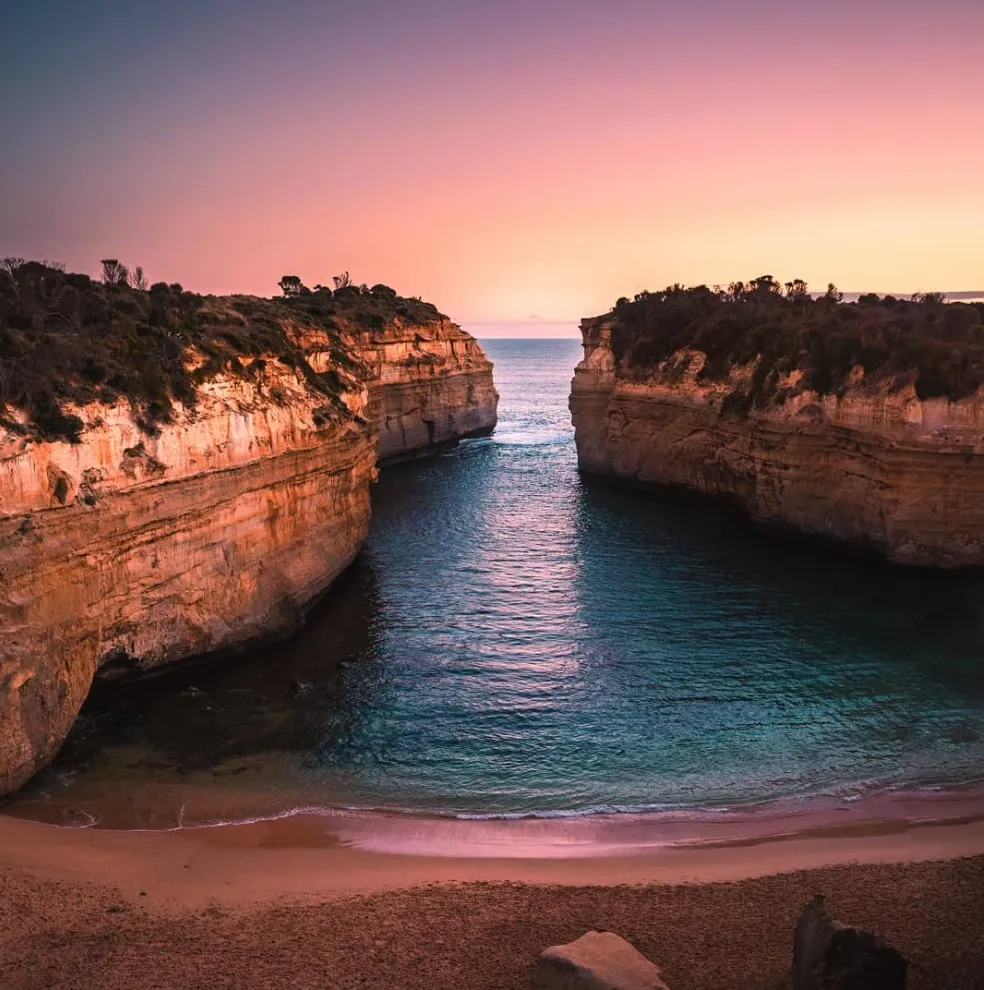
Loch Ard Gorge features spectacular cliffs overlooking a picturesque bay. The name stems from shipwreck so it combines both historical curiosity as well as charm hence making it popular among tourists plus photographers alike.
London Bridge
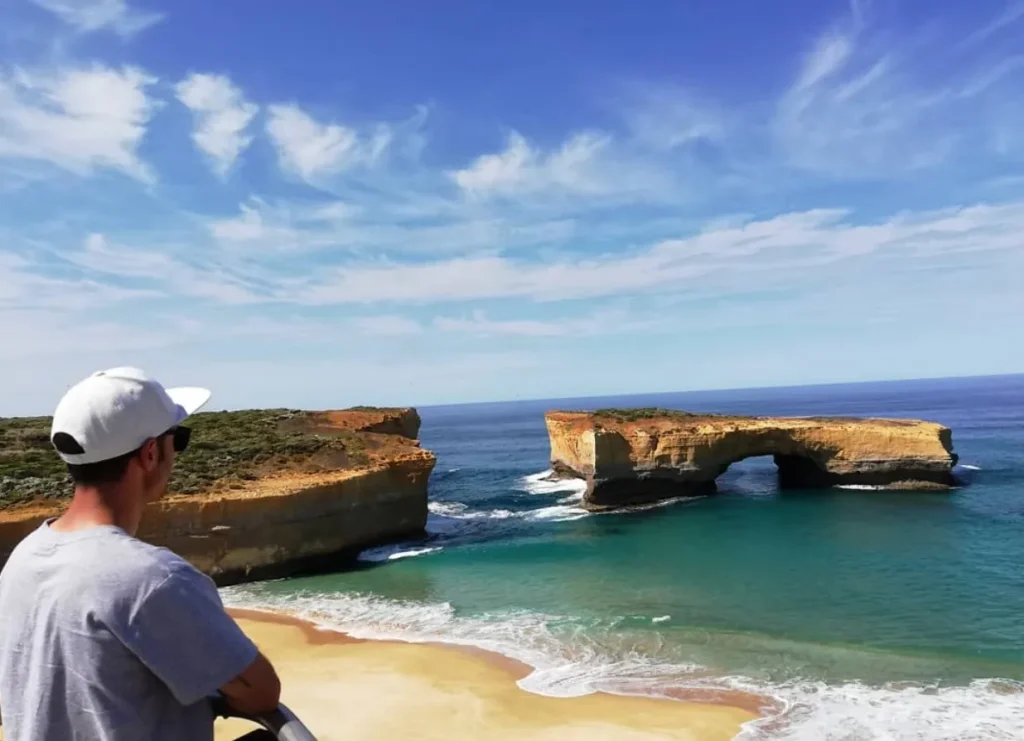
London Bridge was an entire arch until 1990 when a portion of it collapsed. Nevertheless, it still remains a remarkable feature on the coast that presents amazing views over the Southern Ocean.
Port Campbell National Park
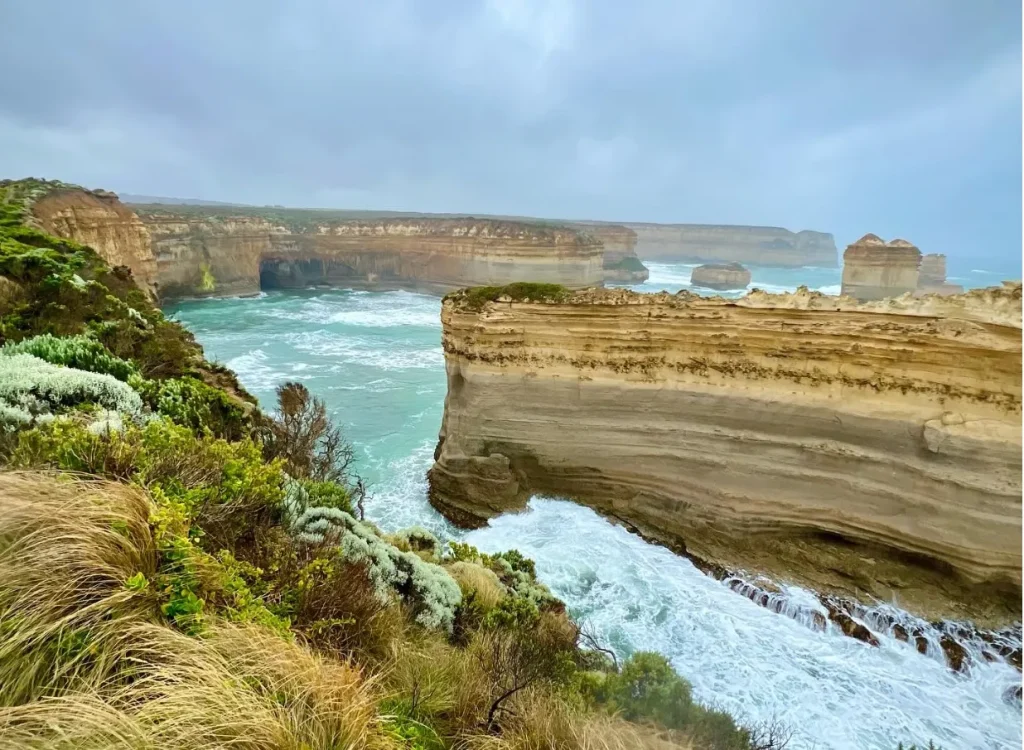
Port Campbell National Park covers several popular attractions along the Great Ocean Road such as Twelve Apostles and Loch Ard Gorge. The park has diverse terrains ranging from rugged cliffs to calm bays.
Cape Otway and Cape Otway Lighthouse
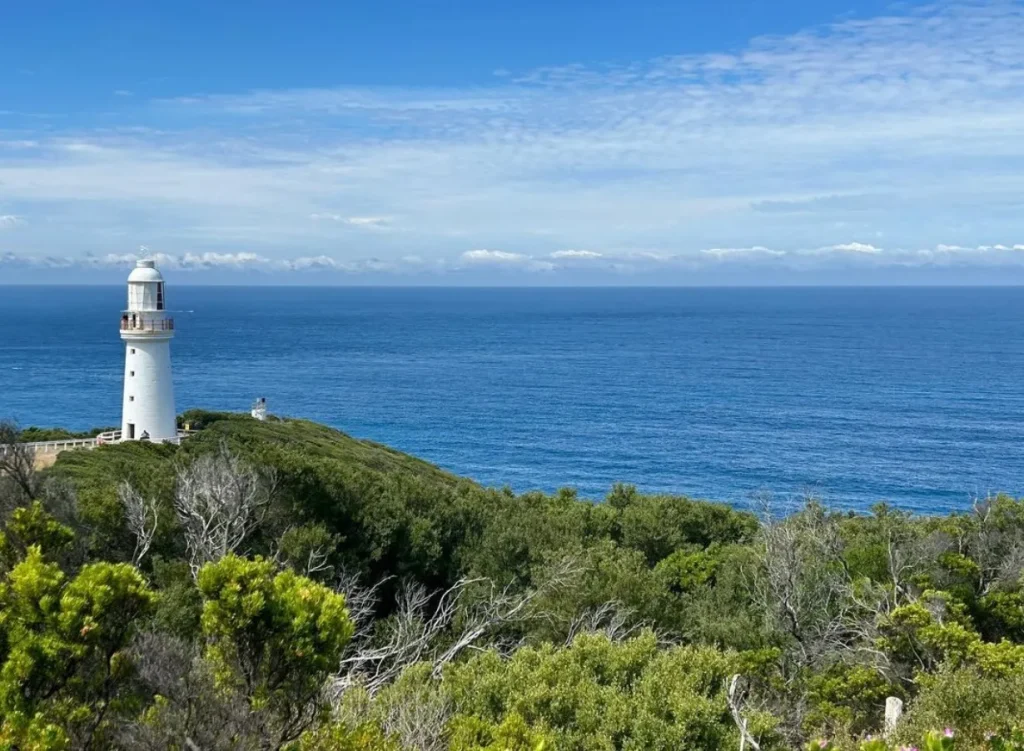
The historical lighthouse plus Cape Otway’s magnificent coastal scenery is quite well known. Take a guided tour of Cape Otway Lighthouse where you can catch panoramic glimpses of the ocean with its jagged coastline.
Bay of Islands
The Bay of Islands is another beautiful natural formation along the coast. This area boasts striking rock formations and stunning views out over the Southern Ocean.
Childers Cove
This place offers breathtakingly beautiful rock formations and scenic ocean views in Childers Cove, which remains one of those hidden gems you will come across along this road trip. If you seek peace, then it is a good alternative since it is not too crowded.
Tower Hill Wildlife Reserve
In Tower Hill Wildlife Reserve, one can encounter Australian fauna in their natural habitat. Various types of birds and kangaroos inhabit this reserve, which is located within a volcanic crater.
Expert Tips and Things to Consider
- Weather Conditions: Weather may change without warning. Dress in layers or take off layers; remember to check weather forecast before going out anywhere since your comfort depends on it.
- Fuel and Supplies: It’s important to plan for refuelling stops, especially when travelling through remote regions. Carry portable charging devices like power stations plus extra supplies as well.
- Parking and Traffic: The stops that people like most tend to be packed. Make sure you get parking space early enough and avoid the periods of heavy traffic.
- Driving Conditions: Watch out for wild animals on roads that are curved. To prevent stress, comply with the legal speed limit and take some rest.
- Mobile Reception: There are certain areas where mobile reception is poor. Always keep an alternative paper road map; inform someone about your route.
Difficulty in driving at Great Ocean Road
Challenges come with driving along the great ocean road as it has narrow sections, lots of bends, and variable weather conditions. Attention is required when driving on rugged cliffs and coastal drives. A well-serviced car and a chance to view nature through intermittent rest are all important things to consider.But if you just want to relax and enjoy the Great Ocean Road then we recommend you to join our organised tour which takes place on a comfortable Melbourne tours bus. Our experienced guides will show you the geological wonders of the local nature. You will not have to watch the road.
FAQ
What is the best time of year to drive the Great Ocean Road?
The best time for touring the Great ocean road is spring between September and November or autumn between March and May (Tourism Australia). These seasons usually have mild weather conditions as well as fewer visitors hence a more enjoyable experience while travelling.
Are there any tolls on the Great Ocean Road?
No, nothing like that at all, there aren’t any toll booths positioned directly on this famous scenic route called “Great Ocean Road”. However, if you choose to enter other routes or parks during your journey then be ready to be charged some fee.
Can I drive the Great Ocean Road in a campervan?
Driving in campervans along this route is very common. On such journeys, you will find many camping grounds or caravan parks. Ensure you follow parking regulations; carry Jackery Solar Generators with you just in case power sources fail!
How long should I spend at each major stop?
How much time would one spend at each point of interest along this travel? Regardless of what one’s fascination might be it is advisable to allocate not less than thirty minutes to an hour on such stopovers, depending on your interests. It is important to budget extra time for extras at famous sites like the Twelve Apostles or Loch Ard Gorge.
Is it safe to drive the Great Ocean Road at night?
It’s not advisable to drive along Great Ocean Road during night hours due to poor visibility and animal crossing danger. For that reason, driving should take place within daylight hours as it guarantees safety and enjoyment throughout the entire journey through this road.

